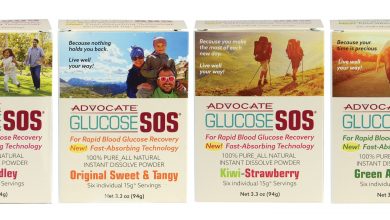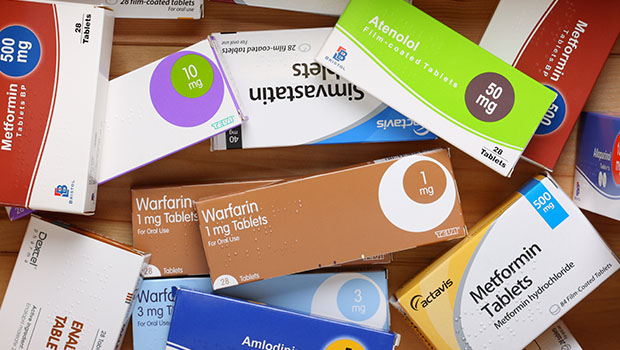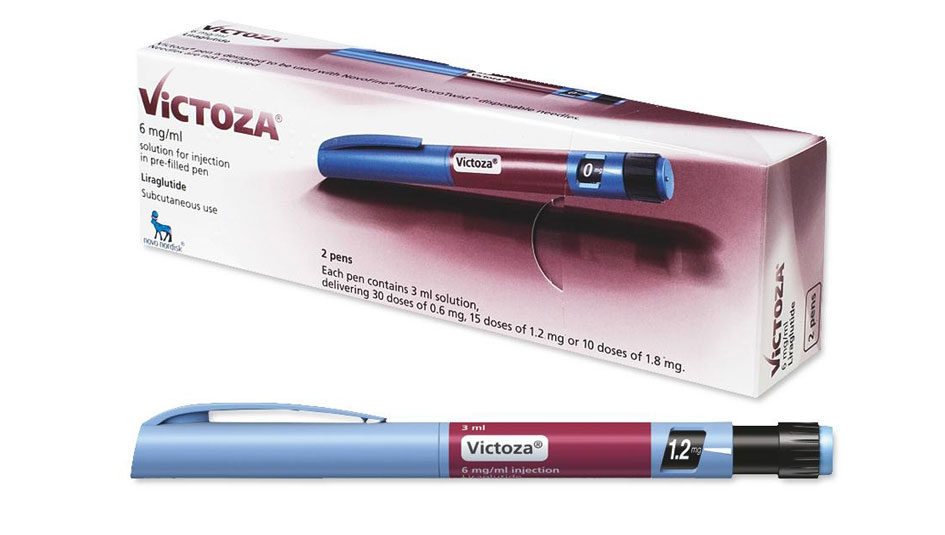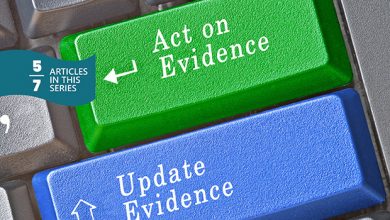Finding a Path Toward Insulin Independence

I sometimes laugh when I look back at my personal diabetes research graveyard. All of the research that I have worked on over the past 30 years, so many ideas, some with a greater degree of success than others…you have to be comfortable with failure to be a research scientist.
Decades ago, my team designed a computer program that proved to help patients lower their A1C and gave personalized reports and advice in a colorful poster; such an antiquated program would now be laughed at by the most beginning app designer1. I also once spent about a decade of my career researching the hormone amylin (pramlintide) to see if it would make a big change in the way we treated diabetes2. Then there was a daily guidebook for patients with diabetes which helped with the necessary diabetes testing3. All good ideas, but none has relieved the daily grind of staying healthy with Type 1 diabetes.
My team uses a giant whiteboard with all of the treatments for Type 1 written on it, including what has worked and what hasn’t. It dawned on me some years ago that what I was looking at when I stared at the board reminded me of the parable of the blind men and the elephant. Six blind men were asked to determine what an elephant looked like by feeling different parts of the elephant’s body. The blind man who feels a leg says the elephant is like a pillar; the one who feels the tail says the elephant is like a rope; the one who feels the trunk says the elephant is like a tree branch; the one who feels the ear says the elephant is like a hand fan; the one who feels the belly says the elephant is like a wall; and the one who feels the tusk says the elephant is like a solid pipe. Then a sighted person says that everyone is correct.
So many researchers have been correct, but not completely. It is hard to see the whole diabetes picture when most of us have our own focus of research and especially when the picture is large; diabetes isn’t simple, and there isn’t just a single form of Type 1 or Type 2 diabetes.
We have known for decades that Type 1 diabetes occurs when the beta cells of the pancreas that make insulin and amylin are attacked and destroyed by the body’s own immune system. What it took decades to understand is that even if we use an immune-blocking drug, the pancreas does not have the capacity to regenerate new beta cells. For example, research done in the 1980s showed that the immune drug cyclosporine, if used early enough, could bring about nearly 100% insulin-free remissions. The problem was that cyclosporine never restored beta cells back to even close to normal function, and even those who no longer required insulin made 5-fold less insulin than those without diabetes. Over time all patients eventually required insulin again.
Once it is understood that Type 1 diabetes is not just a disease of autoimmunity, but a disease of lack of beta cell regeneration, more complex questions arise of how to increase beta cells. Is it via islet transplants, stem cells, or implanting islets into an immune-protected pouch? Or is it simpler, as our team suggests, to use a regenerative (Reg) gene peptide? Dr. Kevan Herold, a former JDRF scientific director and professor of immunobiology and medicine at Yale University once said in the Annals of the New York Academy of Science that “as long as the task of treatment of Type 1 is limited by making peace with autoimmunity, the process of beta cell loss continues. Additional therapeutic modalities capable of stimulating beta cell regeneration in the absence of autoimmune destruction are urgently needed.” Our group works tirelessly on those modalities to regenerate beta cells, and we believe that a combination of beta regeneration and immune therapy to protect new beta cells from immune attack is the way to go.
I receive a deal great of mail from patients who are angry, not so much about having diabetes, but hearing about all the diabetes research and where has it gotten them. Many who write have donated money, walked many walks and did everything they can to be part of a cure, and yet they have not seen real results. My own personal goal is to keep a promise to a patient of mine who has had Type 1 diabetes since the age of 2 to have him be free of insulin therapy before he is a grownup. I have faith that promise will be kept; I believe the science behind our ideas is sound and that combination therapy will lead to insulin independence. That being said, I am struck by how many researchers like me are attacking this problem from so many different angles, and I see all the paths we already have gone down. We researchers are a competitive bunch, and we all want to be the ones who find the breakthrough, but the best of us also want to at least make good mistakes that can build a path toward the ultimate answer.
- http://care.diabetesjournals.org/content/25/1/2.full.pdf+html
- http://care.diabetesjournals.org/content/26/1/1.full.pdf
- http://spectrum.diabetesjournals.org/content/14/3/163.full.pdf+html
To read more about Perle Bioscience’s combo immuno/regenerative therapy, please read “Helping the Pancreas Help Itself.”
Thanks for reading this Insulin Nation article. Want more Type 1 news? Subscribe here.
Have Type 2 diabetes or know someone who does? Try Type 2 Nation, our sister publication.







